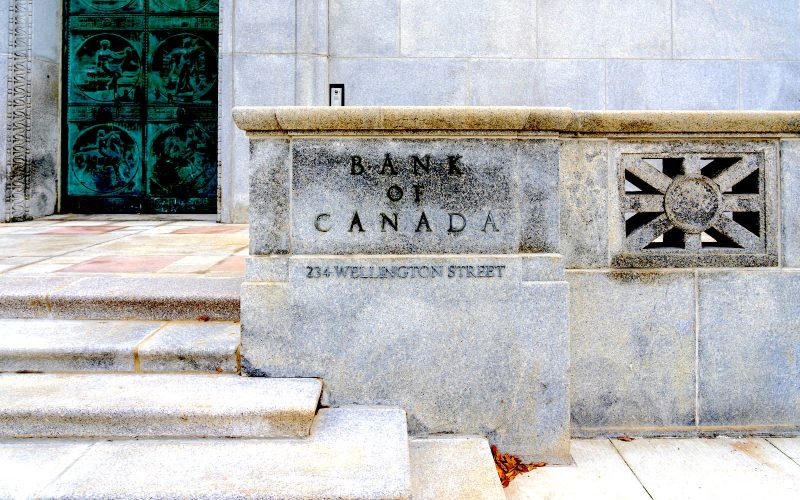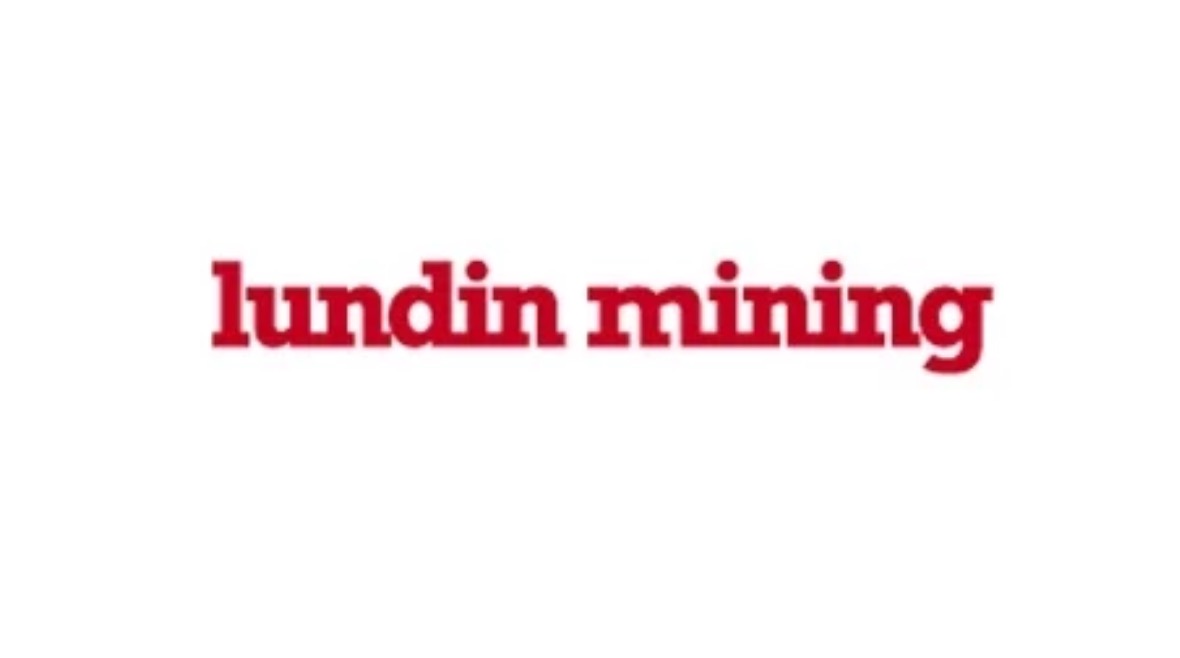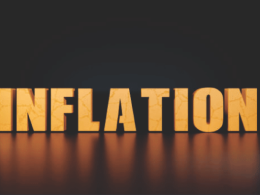The Bank of Canada has pulled the trigger on its first rate cut since March, trimming its key policy rate by 25 basis points to 2.50%. Markets had already priced in the move, but the cut still carries weight: it signals that policymakers are feeling the pinch from weakening growth, a softer labor market, and the drag from U.S. tariffs.
As Andrei Busuioceanu, MBA, Analyst at National Bank Financial Markets, put it: “The Bank of Canada has lowered its key interest rate by 25 basis points, bringing it down to 2.50%, in response to a weakening Canadian economy and labor market, notably impacted by U.S. tariffs. This is the first rate cut since March and aligns with market and economist expectations.”
Consensus to Act, But Eyes Still on Risks
Governor Tiff Macklem made clear the decision wasn’t controversial. Inflation has eased back, and wage growth is cooling, giving the Bank more breathing room. “Governor Tiff Macklem explained that the decision aims to better balance economic risks in a context of easing inflationary pressures. He emphasized that there was a clear consensus within the Governing Council to proceed with the cut,” Busuioceanu notes.
No Roadmap for More Cuts
If investors were hoping for a clear signal on what comes next, they’ll have to keep waiting. The Bank isn’t laying out a path for a series of cuts. Instead, policymakers are signaling they’ll move one step at a time, watching trade disruptions and global protectionism closely.
As Busuioceanu explains: “Despite this reduction, the central bank remains cautious about the future direction of its monetary policy. It provided little guidance on potential further cuts, stating its intention to proceed carefully amid ongoing uncertainties related to global protectionism and trade disruptions.”
The Canadian Economy: Still a Mixed Picture
Domestically, the story is uneven. Consumers are still spending and housing demand remains solid. But slowing population growth and a weaker labor market could crimp household budgets. Inflation is stabilizing near 2.5%, though core readings are hanging closer to 3%.
“The Bank noted that consumption and housing remain strong, but that sluggish population growth and labor market weakness could weigh on household spending. It also observed a slowdown in wage pressures and a stabilization of underlying inflation around 2.5%, despite core measures hovering near 3%,” Busuioceanu writes.
Watching Washington—and the Fed
The big unknown remains south of the border. U.S. tariffs and global supply chain tensions are top of mind for the Bank of Canada, both for their direct hit to trade and their influence on inflation expectations.
“The Bank of Canada continues to closely monitor the evolution of U.S. tariffs, global supply chains, and their impact on consumer inflation expectations. It did not comment on tensions in money markets but will hold a press conference to address journalists’ questions,” Busuioceanu emphasizes.
All of this lands just hours before the U.S. Federal Reserve’s decision. “The U.S. Federal Reserve’s rate decision is expected later this afternoon,” he reminds.
What It Means for Advisors
The Bank of Canada is trying to strike a delicate balance: keep growth from sliding further without reopening the door to runaway inflation. For advisors, that means clients should expect a highly data-driven approach ahead. Bonds may look more attractive if rate cuts continue, while housing’s resilience could prove surprisingly durable—for now.
Copyright © AdvisorAnalyst















